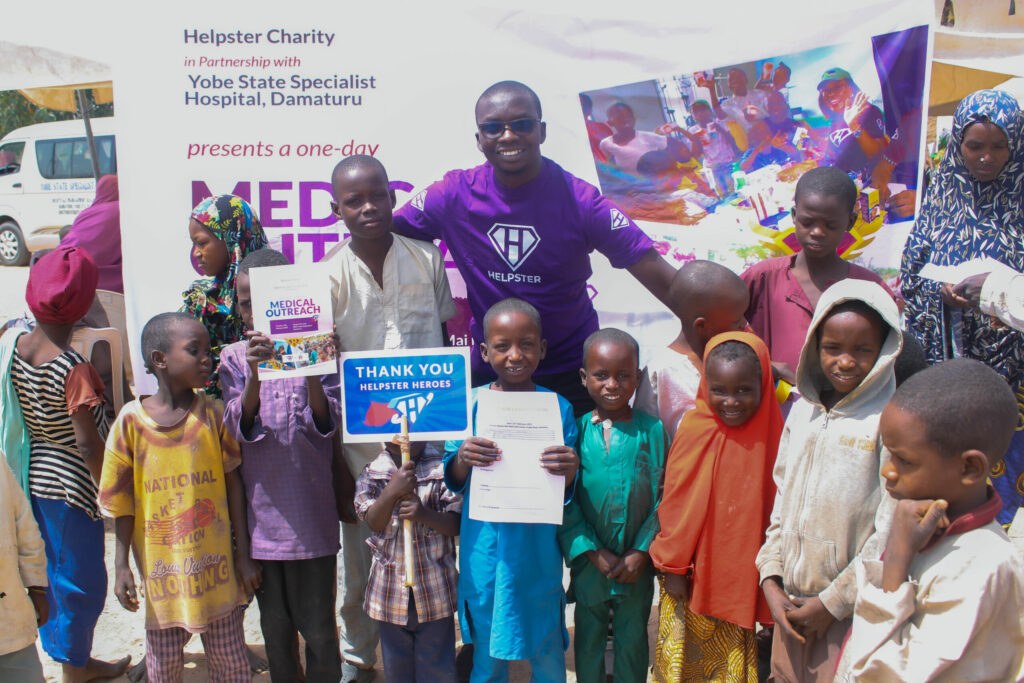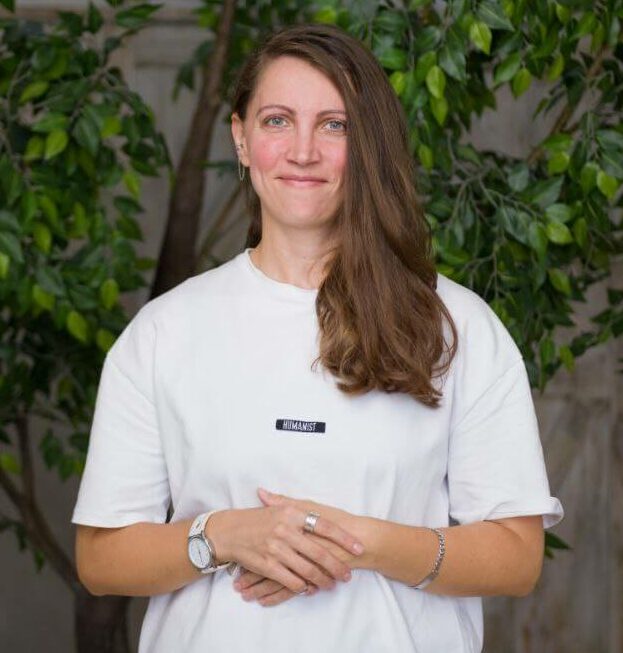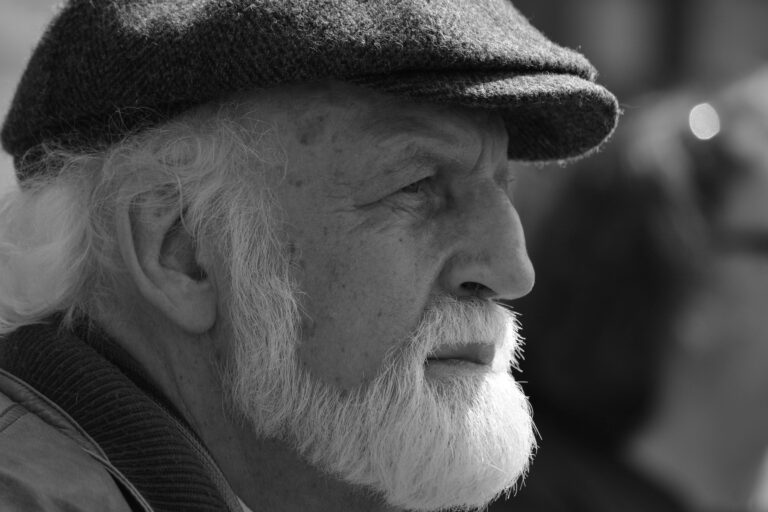
The intersection of technology and healthcare has the potential to rewrite the future of medicine and save millions of lives. The recent milestone achieved by Helpster Charity is a testament to this, demonstrating how innovation, when aligned with compassion and collective effort, can break down barriers and deliver life-saving healthcare to the world’s most vulnerable populations. With over 1,000 lives saved and transformed, Helpster is proving that technology isn’t just a tool but a lifeline for those in desperate need of essential healthcare services.
Helpster Charity, a global nonprofit with a focus on providing healthcare access to underserved communities in Africa and Asia, has achieved a landmark achievement that highlights the profound impact of digital health solutions and social responsibility. In a world where healthcare disparities remain staggeringly high, Helpster’s model is offering a viable and scalable solution to address systemic healthcare challenges. The mission is simple: to ensure that no one, especially vulnerable individuals like children and pregnant women, suffers or dies because they cannot afford basic healthcare. With technology at its core, Helpster is making real, tangible changes that go beyond the statistics, breathing life into thousands of families.
A lifesaving milestone
The charity’s recent milestone of saving over 1,000 lives is not just an impressive number; it represents a significant step in tackling global healthcare inequality. It highlights how technology, when harnessed for good, can act as a force multiplier for aid efforts in regions where access to medical care is scarce and often unaffordable. As of the latest data, there are still around 150 cases awaiting final reports, suggesting that this number will continue to grow. But this milestone isn’t just about numbers—each saved life represents a real person, a mother, a child, or a father whose life has been irrevocably changed, thanks to the tireless efforts of donors, volunteers and partners who believe in the cause.
Kate Lysykh, CEO of Helpster Charity, emphasises the human side of this achievement. “Over 1,000 lives saved is a huge step forward, but it’s only the beginning,” she says. “This milestone represents not just numbers, but real people, children, parents and families, whose lives have been given a second chance.”
Helpster’s success is a direct reflection of the power of collective action, where contributions from individuals across the globe converge into a network that enables life-saving interventions. By leveraging technology, the charity has managed to circumvent traditional healthcare access limitations, delivering timely financial support for crucial medical treatments.
Technology’s role in overcoming healthcare gaps
Access to healthcare remains a major challenge in many parts of Africa and Asia. According to the World Health Organisation (WHO), nearly half of sub-Saharan Africa’s population lacks access to essential health services and the situation is similar in many countries across Southeast Asia. These gaps often arise from financial constraints, lack of infrastructure or geographical isolation. However, Helpster’s approach is showing that it is possible to bridge these gaps with the right combination of technology and community-based partnerships.
At the heart of Helpster’s approach is a seamless integration of tech solutions that enable real-time healthcare funding, medical outreach and logistical coordination. The charity’s model revolves around using technology to provide direct financial assistance for essential medical treatments. This allows those in need to access services that would otherwise be out of reach due to financial barriers. In remote villages where healthcare facilities are often miles away, technology enables Helpster to act quickly and ensure that those in need receive immediate care.
Through strategic partnerships with local health providers, Helpster has been able to rapidly scale its operations, ensuring that it can meet the growing demand for healthcare support. The charity’s reliance on digital fundraising campaigns, crowd-sourced donations and online community engagement ensures a steady flow of resources that can be allocated directly to patients in need.
A growing need for global healthcare equity
While Helpster’s recent milestone is cause for celebration, it also underscores a much broader, ongoing issue. Healthcare inequities around the world remain a stark reality, with millions of individuals still lacking access to life-saving care. In many regions, financial constraints dictate whether someone will live or die. This is particularly true for maternal and child health, where complications during pregnancy or childbirth can prove fatal due to the lack of affordable care. According to UNICEF, an estimated 810 women die each day from preventable causes related to pregnancy and childbirth. For children, pneumonia, diarrhoea and malnutrition are among the top killers, exacerbated by poor access to healthcare.

Helpster’s model demonstrates that the financial barriers that prevent access to healthcare are not insurmountable. By connecting vulnerable populations with financial support and essential services, the charity is not just treating illness, but addressing a fundamental social injustice. However, the need continues to grow. With millions still underserved, Helpster and similar organisations are faced with the challenge of scaling their efforts to meet global demand.
Kate Lysykh acknowledges this challenge, noting, “While we are celebrating this milestone, the reality is that many communities continue to face overwhelming barriers to healthcare. Our work is far from over.” The charity is actively seeking new donors and collaborators to amplify its impact and ensure that more lives are saved in the months to come.
The power of collective action in the digital age
What sets Helpster apart is the way it taps into the power of community. It’s not just about writing a cheque; it’s about spreading awareness and using social media to engage others in the cause.
This shift towards a global, digital fundraising ecosystem has become particularly important in the wake of the COVID-19 pandemic, which has further exposed the fragility of healthcare systems worldwide. The ability to engage a global network of supporters through online platforms has never been more crucial. In this context, technology serves not only as a tool for operational efficiency but also as a way to build solidarity, awareness and action on a global scale.
The success of Helpster Charity reflects the growing importance of digital solutions in the social sector. As technology continues to evolve, its potential to address global challenges like healthcare inequality becomes even more significant. With the right tools, partnerships and support, organisations like Helpster are proving that we can create a more equitable world—one where access to life-saving healthcare is a right, not a privilege.
The road ahead for Helpster Charity
Helpster Charity’s milestone of saving over 1,000 lives is a remarkable achievement, but it is only the beginning of what is possible. As the organisation continues to expand its reach, leveraging technology to improve healthcare access for vulnerable communities, it serves as a powerful reminder that collective action can transform the world.
To learn more about Helpster’s mission or to contribute, visit www.helpstercharity.org.
Helpster Charity’s milestone of saving over 1,000 lives is a remarkable achievement, but it is only the beginning of what is possible. As the organisation continues to expand its reach, leveraging technology to improve healthcare access for vulnerable communities, it serves as a powerful reminder that collective action can transform the world.
To learn more about Helpster’s mission or to contribute, visit www.helpstercharity.org.
Stanley Olisa is the PR Manager for Helpster Charity US Inc, a global nonprofit easing healthcare access for vulnerable populations across Africa and Asia.



